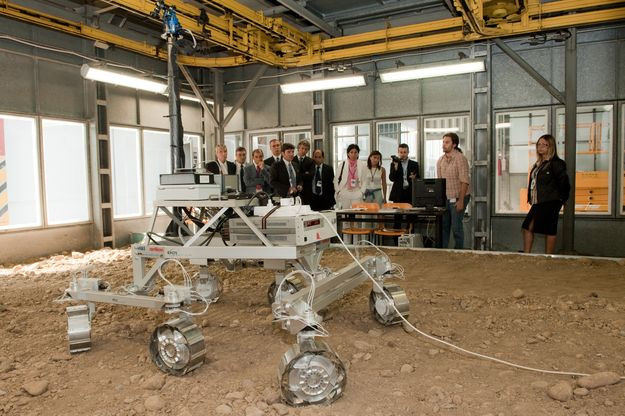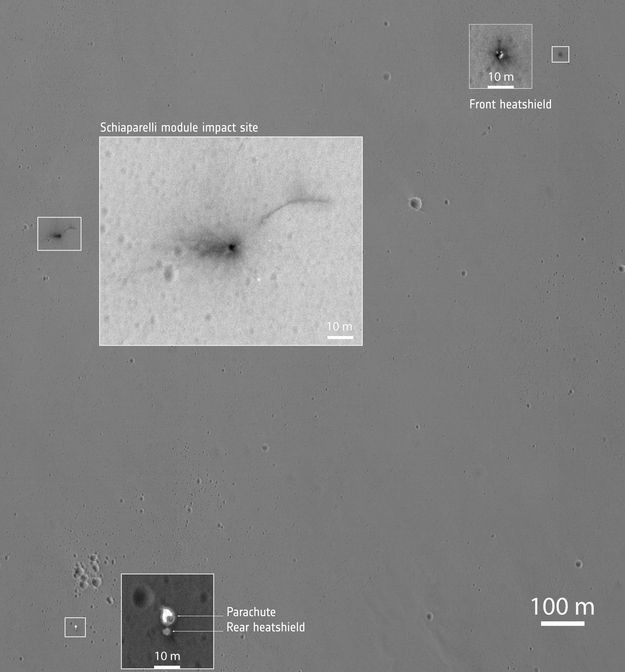ExoMars 2020 Mission: ESA Reveals Fresh Details Of Second Phase Of Mars Exploration Program

After a largely successful first phase of its ambitious mission to explore Mars, the European Space Agency (ESA) has now revealed fresh details of the second phase of the ExoMars mission, scheduled to take place in 2020. The space agency announced Monday that the mission will consist of two components that land on the surface of the red planet — a rover and a surface platform.
While the solar-powered rover will perambulate the rocky terrain of Mars, drill through the surface to collect samples, and look for signs of organic material, the surface platform will, over the course of one Earth year, investigate the environment at the landing site.
“The main science priorities for the surface platform are context imaging of the landing site, long-term climate monitoring, and atmospheric investigations,” the ESA said in a statement. “Sensors and instruments on the surface platform will also be used to study the subsurface water distribution at the landing site, to investigate the exchange of volatiles between the atmosphere and the surface, to monitor the radiation environment and compare it with measurements made with the radiation dosimeter on the FREND [Fine Resolution Epithermal Neutron Detector] instrument (on the ExoMars 2016 Trace Gas Orbiter), and to carry out geophysical investigations of the planet’s internal structure.”
The announcement comes just days after a high-resolution image taken by NASA’s Mars Reconnaissance Orbiter revealed details of the area where the ExoMars Schiaparelli Entry, Descent and Landing demonstrator module is believed to have crashed — most likely because of a software glitch in its onboard computer. The images show a dark spot roughly 2.4 meters across, which the ESA says is consistent with a crater made by an over 660-pound object impacting at a speed of few hundred kilometers per hour.

“Schiaparelli was travelling considerably slower and, according to the normal timeline, should have been descending almost vertically after slowing down during its entry into the atmosphere from the west,” the ESA said in a statement released last week. “It is possible the hydrazine propellant tanks in the module exploded preferentially in one direction upon impact, throwing debris from the planet's surface in the direction of the blast, but more analysis is needed to explore this idea further.”
An investigation is underway to determine the exact circumstances the Schiaparelli module crashed in.
The Trace Gas Orbiter, meanwhile, is currently in orbit around Mars, and will serve as a relay module for the second phase of the ExoMars mission.
© Copyright IBTimes 2024. All rights reserved.






















